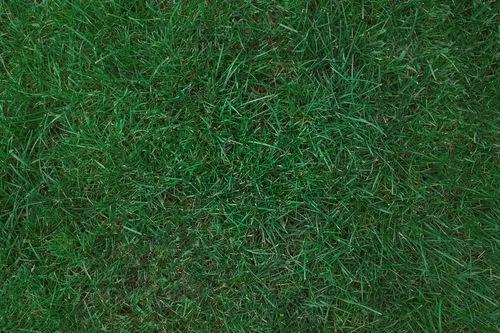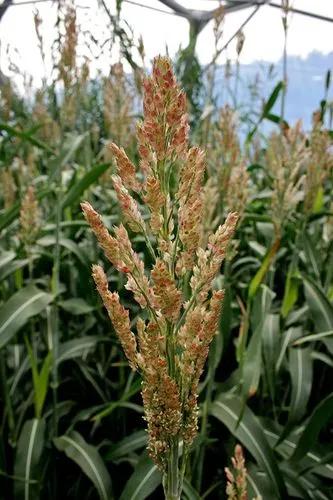Lolium temulentum is a weedy annual grass. The plant stem can grow up to 1 meter tall. The flower is a large panicle ("ears"). The ears are light and upright and mature ones are black in colour.Lolium temulentum is a weed of wheat farmlands. Even a few grains of this plant will adversely affect crop quality. Its seeds are poisonous to people and livestock. It is very difficult to separate the seeds of L. temulentum from those of what and other small grain crops as they are similar in size and weight. L. temulentum can be a host to a variety of crop pests and diseases.
Darnel Ryegrass Care
Lolium temulentum



It is this species that is the very tares that are mentioned in the Bible. Previously, this plant was a malicious weed in crops of rye, wheat and other crops. The intoxicating chaff weevils constantly contain the Stromatinia temulenta fungus, which produces the alkaloid temulin, a substance that can cause serious poisoning in humans (dizziness, drowsiness, loss of consciousness, convulsions) and some domestic animals (except pigs, ducks and chickens). Currently, this species is practically not found in grain crops.Heady spit, as a rule, grows in the wheat production zone and is considered a weed. The similarity between the two plants is so great that in some regions the chaff is called “false wheat” . However, the wheat, when ripe, is brown and the chaff is black.
This plant might be poisonous
How to get rid of: Preventive measures such as sewing clean seed and preventing seed formation are important means of management. Hand weeding can control this species although this is difficult to undertake early because of the resemblance between this weed and the infested wheat crops. Chemical control is possible in barley and other crops from which it is easy to distinguish. When using any herbicide always read the label first and follow all instructions and safety requirements. If in doubt consult an expert. Biological control method unlikely to be investigated because of the fact that this species is closely related to valuable, forage grasses.
Discover more plants with the list below
Popular articles





